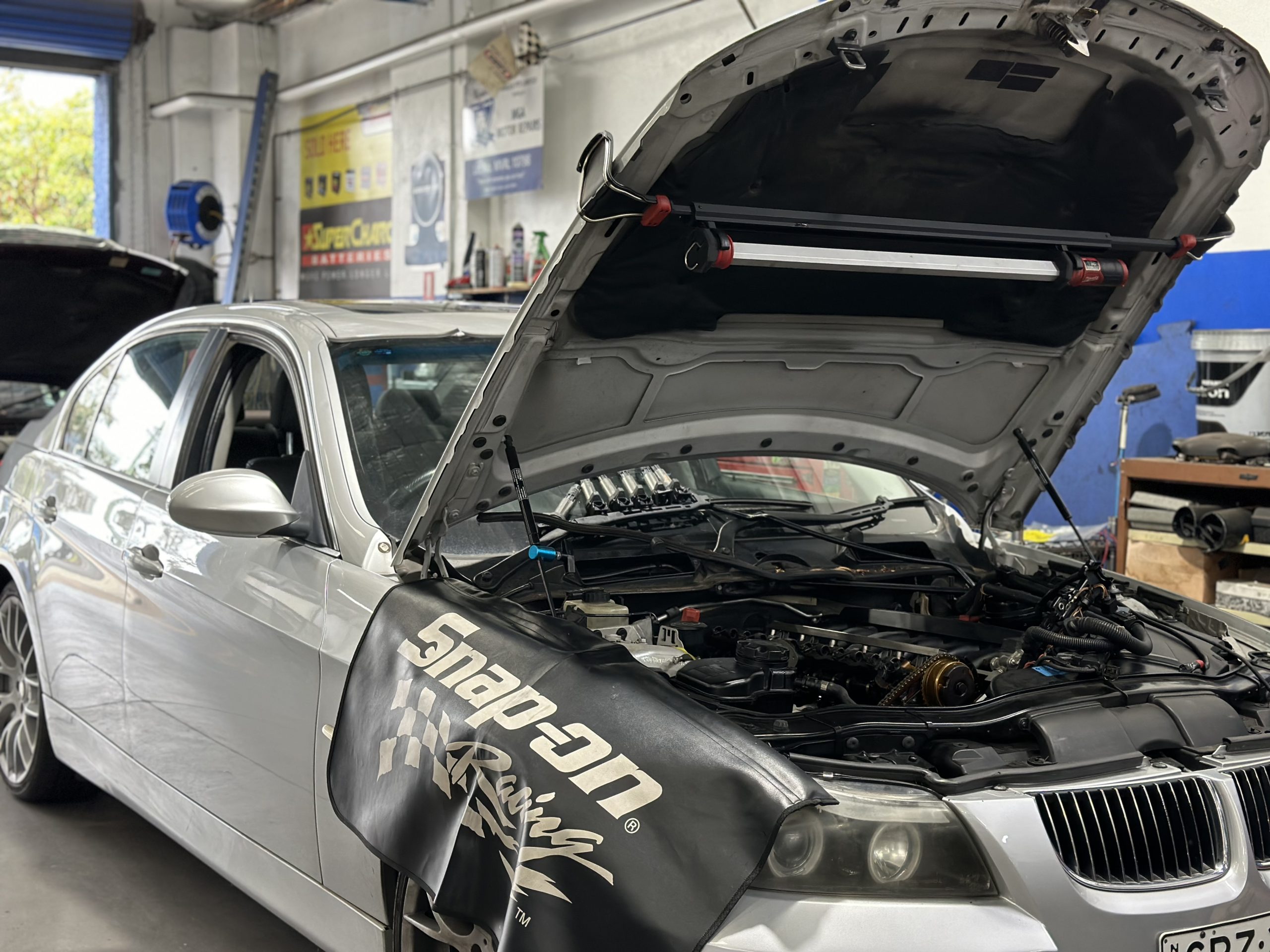
Book your service | Email: mga.repairs@gmail.com | Fax/Call us (02) 9708 4601
Book your service |
Email: mga.repairs@gmail.com |
Fax/Call us (02) 9708 4601
Blogs
How Preventive Fleet Vehicle Servicing Can Extend Your Vehicles’ Lifespan

When you manage a fleet of vehicles, your primary objective is to maximise their lifespan while minimising downtime and repair costs. One of the most effective ways to achieve this is through preventive fleet vehicle servicing. This approach not only keeps your vehicles in optimal condition but also enhances their performance and safety. In this article, we will discuss fleet management practices, the role of a fleet mechanic, and provide fleet maintenance tips that can help extend the life of your fleet vehicles.
Understanding Preventive Servicing
Preventive servicing involves regular maintenance and inspections to prevent potential issues before they become major problems. This proactive approach includes routine checks on critical components like brakes, tires, engines, and transmission systems. By addressing wear and tear early, you can avoid costly repairs and extend the lifespan of your vehicles.
Benefits of Preventive Maintenance
- Reduced Downtime: Regular servicing helps identify issues early, preventing unexpected breakdowns that can disrupt your operations.
- Cost Savings: Preventive maintenance is generally more affordable than major repairs or replacements.
- Enhanced Safety: Ensuring that vehicles are in top condition reduces the risk of accidents due to mechanical failure.
- Improved Efficiency: Well-maintained vehicles perform better, consuming less fuel and reducing operational costs.
Key Fleet Management Practices
Implementing effective fleet management practices is essential for maintaining your fleet vehicles. Here are some strategies to consider:
1. Develop a Maintenance Schedule
Creating a comprehensive maintenance schedule is crucial. This schedule should outline the frequency of inspections, servicing, and component replacements based on manufacturer recommendations and your vehicles’ usage patterns. Regularly update the schedule to incorporate any new insights or changes in vehicle performance.
2. Use a Reliable Fleet Mechanic
Having an experienced fleet mechanic is essential to maintaining your vehicles effectively. Their expertise allows for thorough inspections and early detection of potential problems. Partnering with a trusted local or specialised fleet servicing provider ensures consistent, high-quality maintenance that keeps your vehicles running safely and efficiently.
3. Monitor Vehicle Performance
Utilise telematics and fleet management software to track vehicle performance and gather data on fuel consumption, mileage, and maintenance history. This information can help you make informed decisions about servicing needs and identify patterns that might indicate underlying issues.
4. Train Your Drivers
Educating your drivers on best practices for vehicle operation can prevent unnecessary wear and tear. Encourage habits like smooth acceleration, proper braking, and regular vehicle inspections to catch minor issues before they escalate.
Fleet Maintenance Tips
Here are some practical fleet maintenance tips to keep your vehicles in top shape:
Tire Maintenance
- Regular Inspections: Check tire pressure, tread depth, and alignment regularly. Properly inflated and aligned tires improve fuel efficiency and extend tire life.
- Rotation and Balancing: Rotate and balance tires according to the manufacturer’s guidelines to ensure even wear and prolong their lifespan.
Fluid Checks
- Engine Oil: Regularly check and change engine oil to maintain engine health and performance.
- Transmission Fluid: Keep an eye on transmission fluid levels and condition to prevent shifting problems and transmission damage.
- Coolant Levels: Check coolant levels and condition to prevent overheating and engine damage.
Brake System
- Regular Inspections: Inspect brake pads, rotors, and brake fluid to ensure optimal braking performance and safety.
- Timely Replacements: Replace worn-out brake components promptly to avoid further damage to the brake system.
Electrical System
- Battery Maintenance: Check battery terminals for corrosion and ensure a secure connection. Test the battery’s charge regularly to avoid unexpected failures.
- Lighting and Signals: Inspect all lights and signals for proper functioning to ensure visibility and compliance with safety regulations.
Commercial Fleet Maintenance
Commercial fleet maintenance involves a structured approach to servicing business vehicles. This includes regular inspections, maintenance, and documentation to ensure compliance with industry standards and regulations. By adopting a proactive maintenance strategy, businesses can minimise downtime, reduce repair costs, and extend the lifespan of their fleet vehicles.
Benefits of Professional Fleet Maintenance
- Expertise and Experience: Professional service providers have the necessary expertise and experience to handle a wide range of vehicles and issues.
- Comprehensive Inspections: They conduct thorough inspections to identify and address potential problems before they escalate.
- Access to Resources: Professional services often have access to the latest diagnostic tools and technologies for accurate assessments and repairs.
Conclusion
Preventive servicing for your fleet vehicles is a crucial aspect of fleet management that can significantly extend the lifespan of your vehicles. By implementing effective fleet management practices, working with skilled fleet mechanics, and following practical maintenance tips, you can keep your fleet in optimal condition. Whether you’re looking for “fleet vehicle servicing near me” or specialised services like “fleet vehicle servicing Sydney,” investing in preventive maintenance will ultimately lead to cost savings, improved safety, and enhanced performance for your fleet.
Recent Blogs
- All Posts



